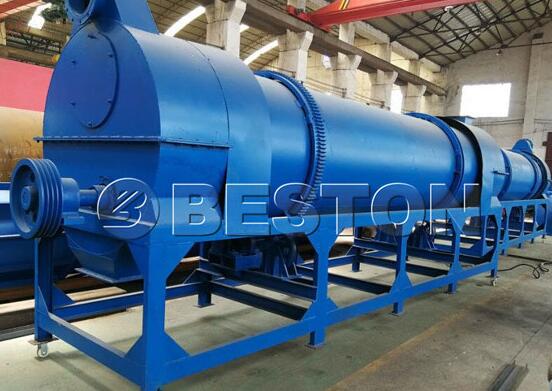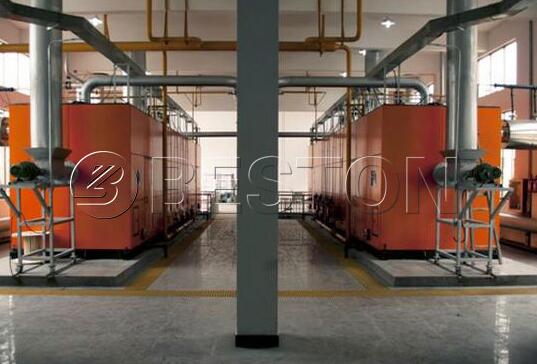The carbonization process helps to convert organic matter, whether it be plants or dead animals into carbon through destructive distillation. It is a complex process in which many reactions take place at the same time. These are condensation, dehydrogenation, isomerization and the transfer of hydrogen.
In natural processes, these same material is converted into coal naturally over time through the processes of degradation, pressure, and others. Carbonization occurs much faster and allows the charcoal to be produced like a manufacturing process. In a carbonization(máquina para hacer carbón vegetal) process, the biomaterial is exposed to heat so that it gets converted to solid carbon. Similar processes take place in a nuclear explosion or lave flows from volcanos.
Plant material or wood contains water, cellulose, and lignin. Even air dried or seasoned wood will contain 12 to 18% of water, and needs to be first driven off before any carbonization(https://www.bestoneco.com/hornos-metalicos-para-hacer-carbon/) can take place. Freshly cut plant material will have a water content more than 40%. As the first step in carbonization, water content has to be reduced to zero, and often some of the wood itself can be burned to produce the needed heat for drying the wood completely. As the temperature in the carbonization process increases beyond 280 degrees Centigrade the wood breaks down to produce charcoal, along with water vapor, acetic acid, methanol and many other complex chemicals, which can be tars, and gases like carbon dioxide, carbon monoxide, and hydrogen.
Air has to be admitted into the kiln used for carbonization as this helps the oxygen in it to facilitate the burning. The reaction is exothermic because temperatures over 280 degrees liberate energy, and the carbonization continues until only charcoal is left as a residue. This charcoal can still contain ash and tarry residue leaving a fixed carbon content of 65 to 70%. Temperatures of 500 degrees will bring this content up to 85%. Charcoal yield is about a third of the wood or organic material that is burned. Carbonization equipment can turn waste materials into useful resources and has great environmental protection value (Beston Group). It contains a whole series of equipment, such as garbage separator, rubber crusher , etc.

Charcoal content can also vary from the type of wood or organic material that is used, with wood with high lignin content producing the highest yields. The carbonization process has too many variables to determine any optimum procedure that can be followed for the maximum yield of charcoal. Air circulation in the kiln can also play a part in yields and quality.
Kilns used for the carbonization process must be well designed so that there is proper air circulation and no cold spots are created. There must also be proper awareness of the risks that carbon monoxide produced during this process can cause. A lot of care must be taken during operation of the kiln and the unloading process, though the use of proper ventilation, forced if necessary, to see that not only carbon monoxide but also smoke and tar do not affect the workers or the environment around it. These kilns are best located away from residential areas. It is also necessary that wind directions ensure that any smoke from the operation of kilns is not carried out to human or animal habitations.
